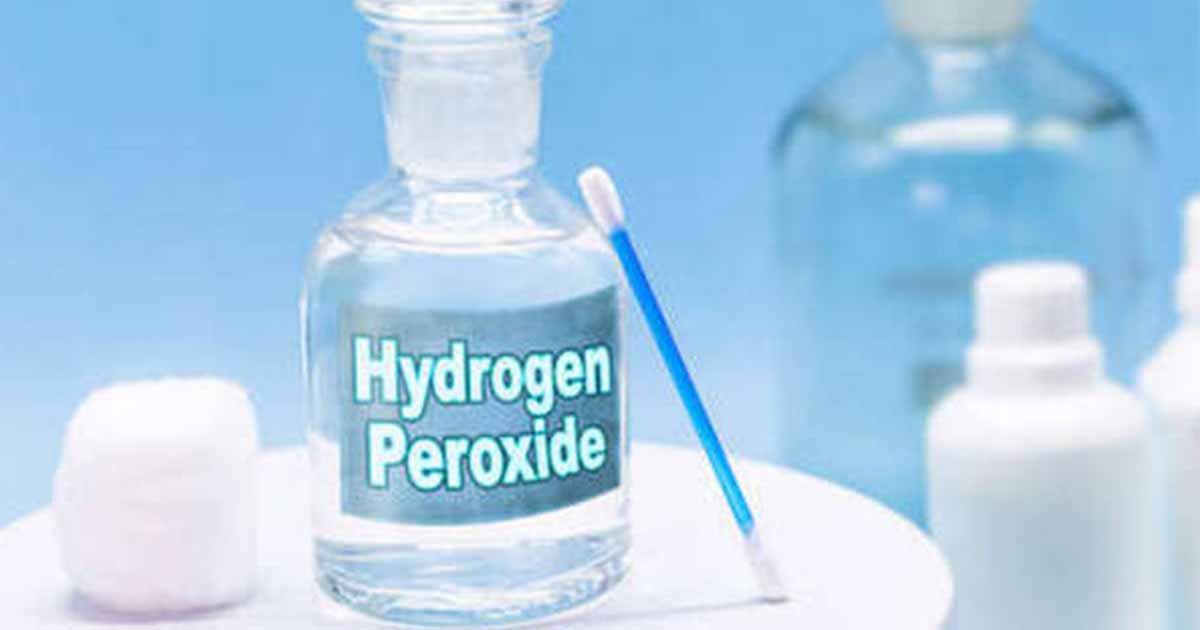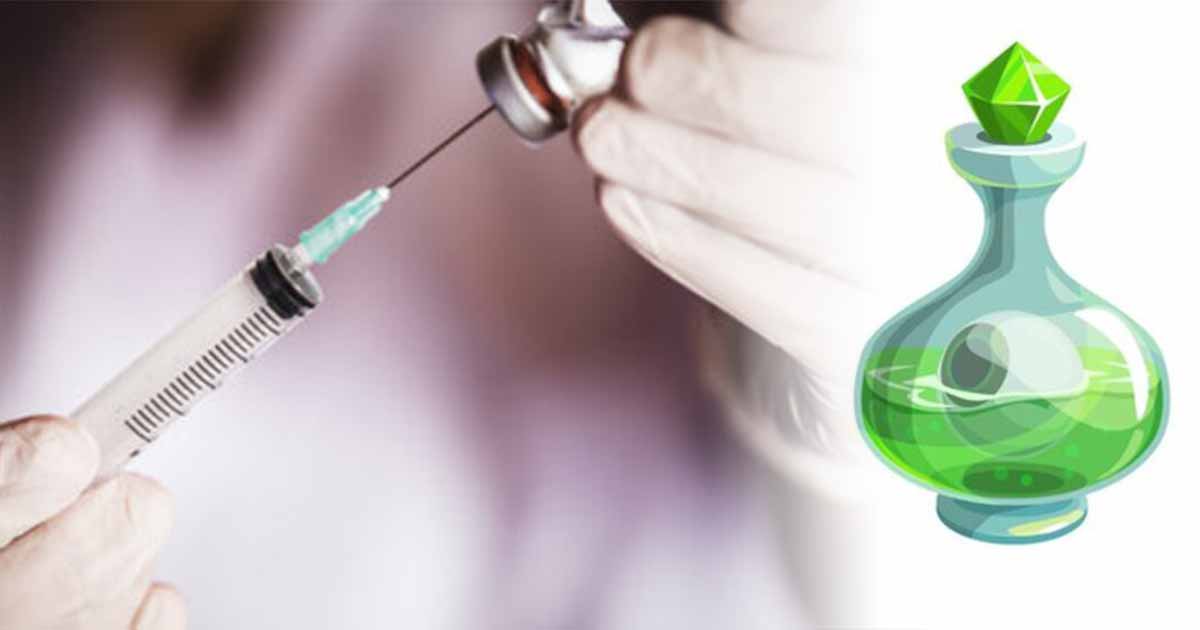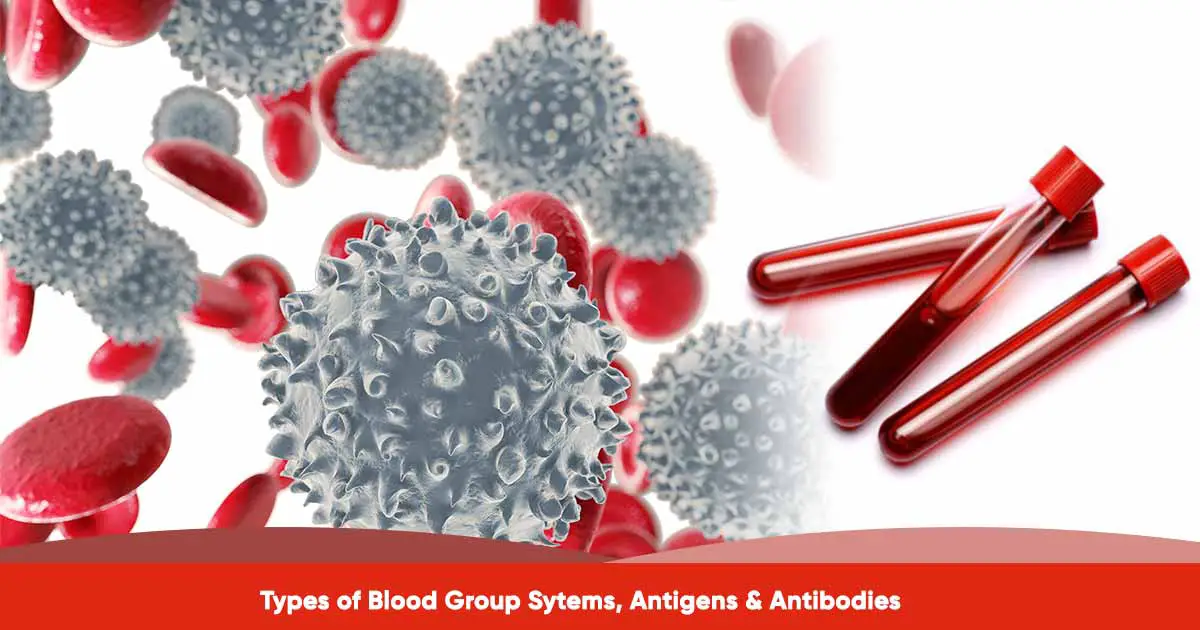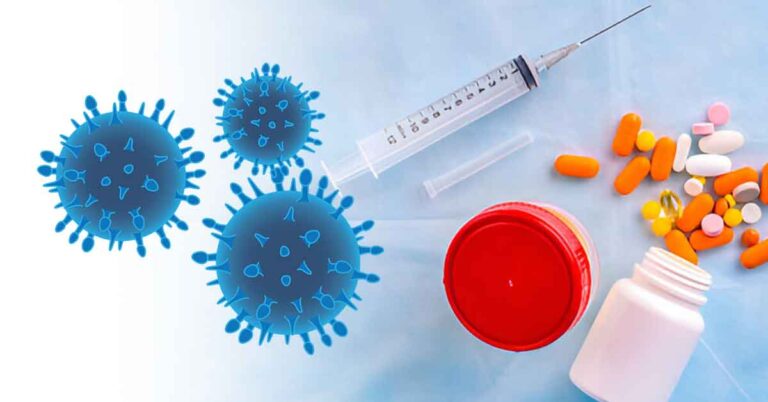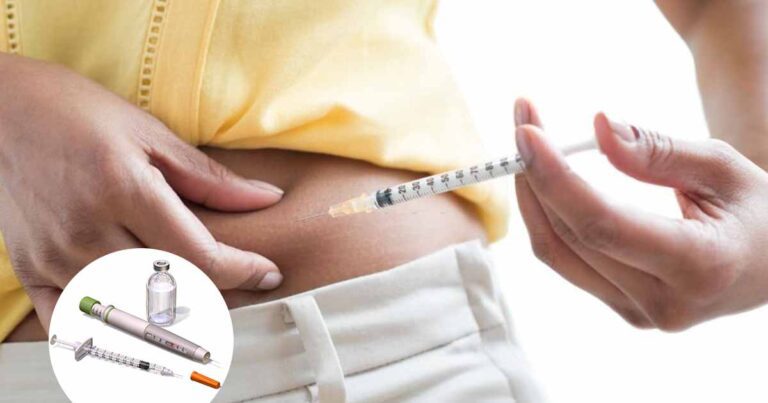Hydrogen peroxide, or H2O2, was discovered in 1818 by a French chemist, Louis Jacques Thenard, and was originally used to bleach hats. He reacted barium peroxide with nitric acid to produce a low concentration of aqueous H2O2.
H2O2, is a colorless, odorless liquid at room temperature, with bitter taste. A small amount of gaseous hydrogen peroxide occurs in the air, but is highly unstable, and breaks down readily to oxygen and water, releasing heat. H2O2 is a strong oxidizing agent. It mixes with water, organic solvents such as ether, ethanol, but is insoluble in petroleum ether.
The form sold to the public are mostly 3, 6% or 9% water by weight of H2O2 solution.
Hydrogen Peroxide for Skin
It is a fact that hydrogen peroxide has bleaching and antimicrobial property. Some people use it on the skin to eliminate dark spots, acne, or skin discoloration. In bleaching the face and skin, they add flour, milk, and 3% hydrogen peroxide to a plastic bowl and mix. Alternatively, they use only the H2O2, or together with soap. The paste is now used as a face mask.
However, research shows hydrogen peroxide can irritate the skin and slows wound healing.
Hydrogen Peroxide for Wound
Because hydrogen peroxide has antiseptic property, it was used in treating wounds, cuts, and scrapes on the skin. It destroys germs and has broad-spectrum activity against bacteria, viruses, yeasts, spores.
It generates a kind of “fizz reaction” on the wound. This is because our blood and cells contain catalase. When the wound comes in contact with the H2O2, catalase breaks it down to water and oxygen, generating the fizzing reaction. This fizzing removes debris from the open wound.
However, studies suggest H2O2 does not differentiate between the bacterial cells, and human cells, thereby causing corrosive damage to body tissues, and impairing the wound healing process. It worsens the scarring process, cause inflammation and blisters to skin.
Hydrogen Peroxide for Ear Wax Removal?
Some experts suggest there is no need to remove earwax or clean the ear at all unless there is infection, perforation, or pain. This is because the ears does the self-cleaning by itself.
However, if there is need to remove earwax with H2O2, mix the half hydrogen peroxide and half water, as it is less abrasive to the ear. Gently pour in a little or use a dropper. Wait for few seconds and drain your ears by flopping your head.
Teeth Whitening with Hydrogen Peroxide
Tooth whitening agents contain some quantity of carbamide peroxide (CP) or hydrogen peroxide (H2O2). A dentist-supervised at-home whitening with a 10% carbamide peroxide is considered a gold standard.
However, studies suggest the use of peroxide compound could cause reaction between organic molecules on the surface or in the subsurface of the enamel and the peroxides and may cause morphological changes in the enamel.
Also, the teeth exposed to peroxides undergo enamel demineralization, resulting in calcium loss in the teeth. Other adverse effects are tooth sensitivity, cervical root resorption.
Also, studies on the carcinogenicity of the bleaching agent suggest it might be a promoter, but still inconclusive. For this reason, the International Agency for Research on Cancer (IARC) affirms that hydrogen peroxide is not classifiable as to its carcinogenicity to humans.
It is recommended that while using hydrogen peroxide for teeth whitening:
- Gingival protection should be used while whitening the teeth with concentrated H2O2
- Avoid H2O2 containing products in patients with damaged or diseased soft tissues.
- Nightguard vital bleaching, or NGVB, make use of a 10 percent carbamide peroxide in a custom-fitted mouth guard. It should make use of low dose H2O2 (including in the form of carbamide peroxide)
What is the Use of Hydrogen Peroxide?
Hydrogen peroxide, and other caustic antiseptics like rubbing alcohol, should not be used to clean open wounds. It is better to irrigate the wound properly with clean water and cover with clean dressing if it is a small cut, or wound. Larger wounds may require suture to close the wound.
Hydrogen peroxide is a bleaching agent in the paper and textile and pulp industry. Other uses are:
- Wastewater and treatment plant as alternative to prechlorination to deal with odors.
- To produce foam rubber and organic chemicals
- To disinfect contact lens
- To control of hydrogen sulfide in municipal sludge
- Sterilize surgical tools and surfaces
- As a component of rocket fuels
- Lighten the grout between tiles
- Remove stains on light-colored and white surfaces, as it may bleach darker surfaces
- Disinfect household surfaces like toilets, sinks, door knobs, showers, tubs, trash cans, dishwasher
- Use in hygiene products like hair clippers
- To eliminate germs from vegetables and fruits, add a quarter-cup of hydrogen peroxide in a large bowl of water and submerge the fruits and vegetables. Rinse with water.
- Hair dyeing
Hydrogen Peroxide Toxicity
Hydrogen peroxide can be poisonous and toxic if inhaled, ingested or makes contact with the skin or eyes. A 3% strength hydrogen peroxide may cause respiratory irritation when inhaled, while concentration higher than 10% may cause severe pulmonary irritation.
Exposure of the 3% concentration to the eye can cause mild ocular irritation. At higher concentration, ulceration, or perforation of the cornea can occur.
Contact with the skin can cause irritation and temporary bleaching of the skin and hair, while higher concentration, can cause severe skin burns with blisters.
Swallowing a diluted solution of hydrogen peroxide may cause vomiting, mild gastrointestinal irritation, gastric distension, and rarely, gastrointestinal embolism which is the blockage of blood vessels by air bubbles.
Ingesting a 10-20% strength will cause the above symptoms and additionally cause burns to the affected tissues.
Ingestion of a higher concentration than the above, can lead to rapid loss of consciousness, followed by respiratory paralysis.
How to Manage Hydrogen Peroxide Toxicity
The management of hydrogen peroxide toxicity is mostly symptomatic and supportive care. Irrigation using large volumes of water should be done when there is contact with the skin or the eyes.
For ingestion, there is no antidote for hydrogen peroxide poisoning. Also, hemodialysis, hemoperfusion, and peritoneal dialysis are not effective for toxin removal and therefore, they are not recommended.
Do not induce vomiting after oral ingestion or use activated charcoal as it does not offer any clinical advantage. Treat as caustic exposure, as concentrated hydrogen peroxide has caustic effects. Consider endotracheal intubation for patients who have symptoms of upper airway obstruction.
Safety Precaution while using Hydrogen Peroxide
- Use in a well ventilated room
- Do not use if there is no bubble
- Do not store hydrogen peroxide in attractive bottles to avoid ingestion by children.
- Keep out of reach of children as it is dangerous if ingested.
References:
- https://www.atsdr.cdc.gov/toxfaqs/tfacts174.pdf
- https://www.wikihow.com/Bleach-Skin-with-Peroxide
- https://www.semanticscholar.org/paper/Hydrogen-peroxide-tooth-whitening-(bleaching)-of-Tredwin-Naik/7c2589c6c3516ba0c4178f1c9ec1df390a93f8d5
- https://www.researchgate.net/publication/301951350_Hydrogen_Peroxide

